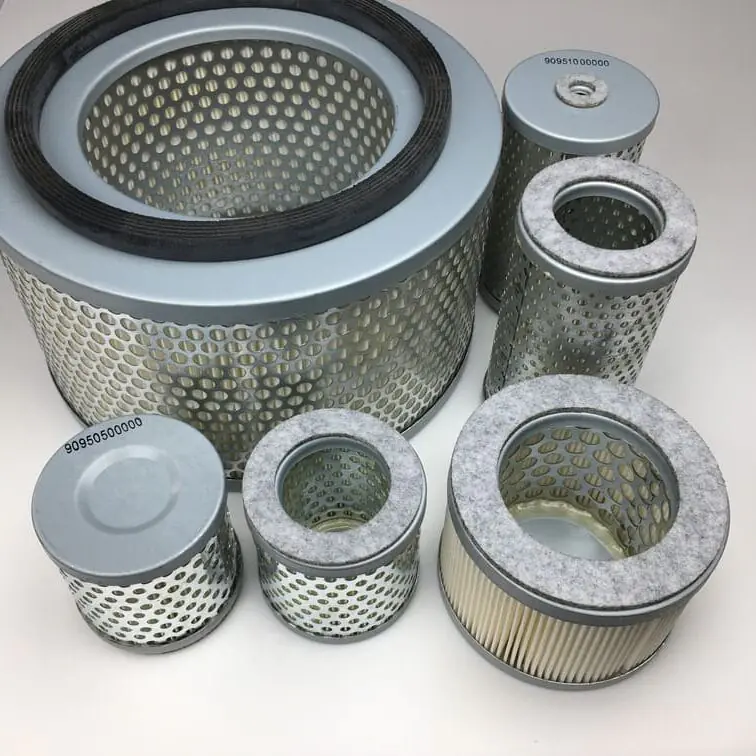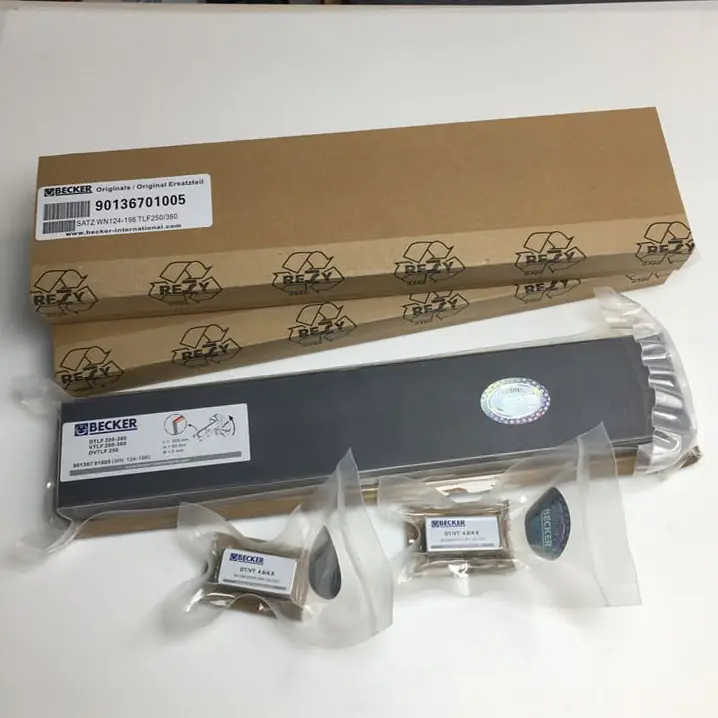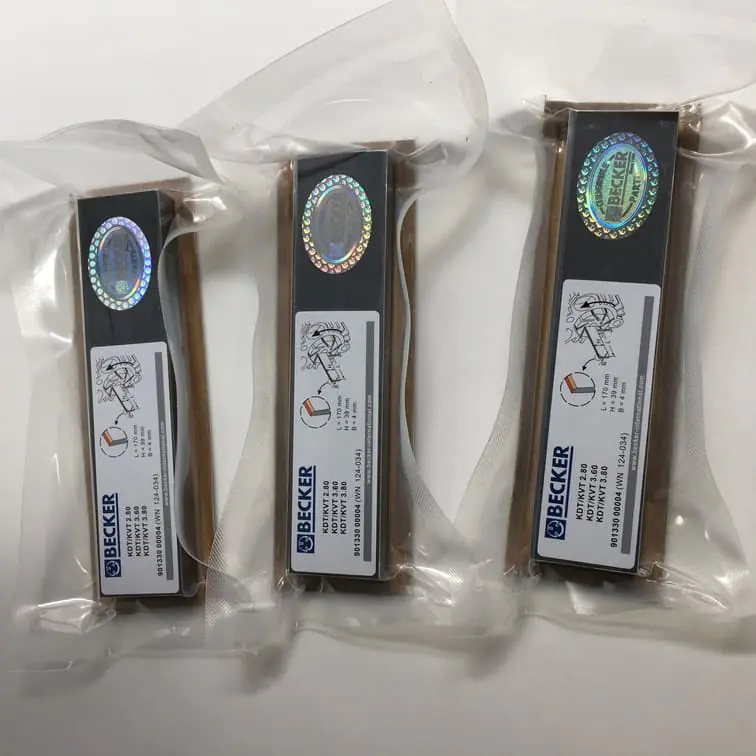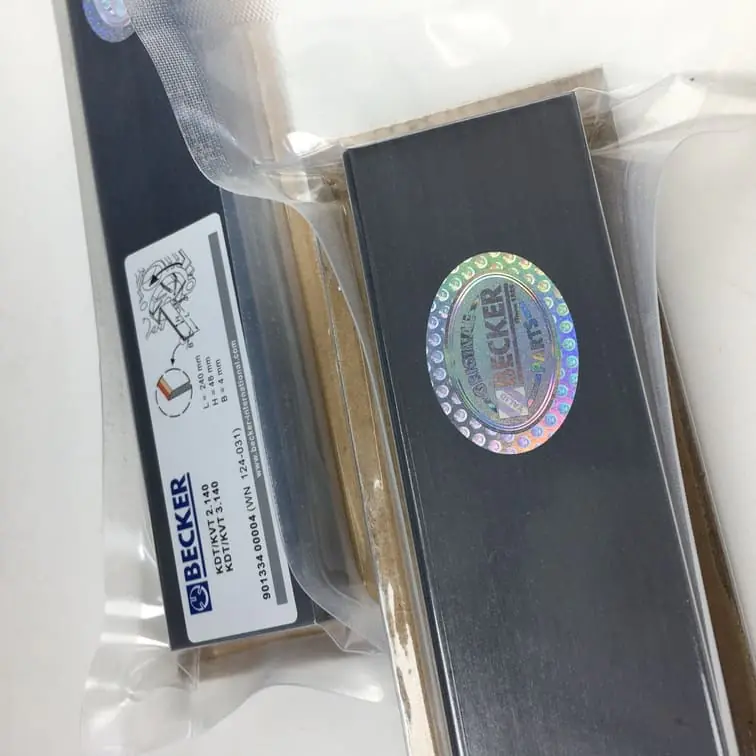A Air Compressor – Turning a Air Compressor into a Vacuum Pump
If you’ve ever wondered how to make your air compressor work double duty as a vacuum pump, you’re in the right place. With just a few modifications, you can transform an air compressor into a vacuum pump, expanding its utility and saving costs on buying specialized equipment. In this article, we will guide you step by step through the process, the tools you’ll need, and some important considerations to ensure optimal functionality and safety.
Understanding the Basics of Air Compressors and Vacuum Pumps
Before we start turning an air compressor into a vacuum pump, let’s understand what these devices do and how they operate. This foundational knowledge will help make the conversion process smoother.
What is an Air Compressor?
An air compressor is a machine that converts power into potential energy stored in compressed air. It works by forcing air into a storage tank until it reaches a specific pressure level, after which it can be used for various purposes like powering pneumatic tools or inflating tires.
What is a Vacuum Pump?
A vacuum pump, on the other hand, removes air or gases from a sealed space to create a vacuum. The pump reduces pressure below the atmosphere, enabling a variety of industrial, automotive, and household applications.
Differences and Similarities
- Both air compressors and vacuum pumps operate on the principles of displacement and pressure changes.
- While an air compressor increases pressure, a vacuum pump decreases it to create a vacuum.
- The mechanical components of these devices are often similar, meaning an air compressor can be adapted to act as a vacuum pump.
“Understanding the physics behind these devices makes it easier to modify one to perform dual functions.”
Tools and Materials Required for Conversion
To convert an air compressor into a vacuum pump, you will need a few tools and materials. The conversion is relatively straightforward if you follow the proper steps and use the correct components.
Materials Needed
- Check Valve: A one-way valve to prevent backflow.
- Vacuum Gauge: For monitoring vacuum levels.
- Hose or Tubing: Ensure it is suitable for both vacuum and pressure applications.
- Adapters and Fittings: To make connections.
- Air Compressor: Preferably one with a suitable motor rating for vacuum applications.
Safety Gear
- Gloves: To prevent hand injuries while working with tools.
- Goggles: Protects your eyes from dust and debris.
- Wrenches and Pliers: For connecting or disconnecting parts.

For spare parts, such as vanes or valves, that can help in the conversion, check out our Air Compressor Parts.
Step-by-Step Process to Convert Your Air Compressor
Now that you understand the fundamentals, let’s move forward with the conversion process. The steps provided here are simple but require attention to detail to avoid any malfunction or damage to the equipment.
Step 1: Disconnect All Components
Before starting, make sure the air compressor is unplugged. Disconnect any attachments to avoid accidents.
- Release the Air Pressure: Start by opening the air release valve to remove any remaining compressed air.
- Disconnect the Hose: Remove any hose or attachment currently connected to the air compressor.
Step 2: Add a Check Valve
To ensure the air compressor functions correctly as a vacuum pump, add a check valve to prevent backflow.
- Locate the Intake Valve: Find the intake valve of the compressor. This is where you will be attaching the check valve.
- Install the Check Valve: Use an adapter if needed to secure the check valve to the intake. Make sure the check valve allows air to flow into the pump but not out.
“A check valve is crucial for maintaining a vacuum and preventing damage to the internal components of the compressor.”
Step 3: Attach the Hose
Once the check valve is secured, you will need to attach a hose to serve as the vacuum line.
- Choose the Correct Hose: Use a hose that is designed for vacuum operations. A regular air compressor hose might not withstand the lower pressure.
- Attach the Hose to the Check Valve: Secure the hose to the check valve. Make sure the connection is tight to prevent air leaks.
Step 4: Install a Vacuum Gauge
To monitor the vacuum level and ensure optimal performance, install a vacuum gauge.
- Place the Gauge on the Hose: The best spot for the vacuum gauge is on the hose, close to the intake point.
- Monitor Regularly: Keep an eye on the gauge while using the vacuum pump to avoid overworking the system.
Benefits of Converting an Air Compressor to a Vacuum Pump
Converting an air compressor to a vacuum pump can be highly beneficial for various applications, both for professionals and DIY enthusiasts.
1. Cost Efficiency
Purchasing a vacuum pump can be quite costly. If you already have an air compressor, converting it into a vacuum pump saves money.
2. Multi-Purpose Use
A converted air compressor allows you to use it for both pumping air and creating a vacuum, making it highly versatile.
3. DIY Flexibility
The ability to adapt equipment to suit your needs can give you more control over your projects. For instance, an air compressor-turned-vacuum pump can be used for automotive repairs, aeration, or even woodworking projects that require holding power.
“Converting an air compressor is an affordable and convenient solution for those who need the utility of both a vacuum pump and an air compressor.”
Common Mistakes to Avoid During Conversion
When converting an air compressor into a vacuum pump, there are several common mistakes that can lead to issues or even damage.
1. Not Using the Correct Hose
Using a standard air hose is one of the most common mistakes. Standard hoses are not designed to handle the stress of a vacuum and can collapse under pressure. Always use hoses specified for vacuum applications.
2. Forgetting to Install a Check Valve
A check valve is critical for ensuring that air only flows in one direction. Forgetting to install it can lead to air backflow, damaging the compressor and reducing its efficiency.
3. Overworking the Compressor
Turning an air compressor into a vacuum pump is practical, but remember that it was not originally designed for such operations. To prolong its lifespan, avoid running it continuously for long periods.
Uses of a Converted Air Compressor Vacuum Pump
A converted air compressor vacuum pump has multiple practical uses, making it an indispensable tool in both commercial and personal applications.
1. Automotive Repairs
One of the most common uses for a vacuum pump is in automotive repairs. Vacuum pumps are used for brake bleeding and air conditioning system maintenance. A converted compressor can handle these tasks effectively.
2. Woodworking Projects
In woodworking, vacuum pumps are used to hold objects in place, especially when cutting or sanding. With a converted air compressor, you can hold your wood pieces firmly, allowing for more precise work.
3. Air Conditioning Servicing
A vacuum pump is necessary for refrigerant recovery in air conditioning systems. A converted compressor can pull a vacuum, ensuring that moisture and air are removed from the system before adding refrigerant.
Safety Tips for Operating a Converted Air Compressor
Safety is always paramount when working with machinery, especially when repurposing it beyond its original use.
1. Use Protective Gear
Always wear protective gloves and goggles when working on the conversion process or while using the pump. This ensures your safety in case of unexpected leaks or bursts.
2. Do Not Exceed Recommended Limits
Do not exceed the vacuum levels recommended for your compressor model. Overloading the compressor can cause overheating and lead to potential damage or failure.
3. Regular Maintenance
Check the oil levels, gaskets, and valves regularly to ensure the system functions smoothly. Any wear and tear on these parts could reduce efficiency or lead to failure.
Frequently Asked Questions
1. Can all air compressors be turned into vacuum pumps?
Not all air compressors are suitable for conversion. Compressors with piston-type designs are generally easier to convert, while those with rotary systems may require more complex modifications.
2. Do I need to use a special type of oil?
Yes, if your air compressor requires oil for lubrication, make sure to use the correct type of oil that supports both pressure and vacuum operations.
3. How do I monitor the vacuum levels?
Install a vacuum gauge close to the intake point. This helps you monitor the system to prevent overworking and damaging the compressor.
4. Is it safe to use a converted air compressor for automotive tasks?
Yes, as long as the modifications are done correctly, a converted air compressor can safely be used for tasks like brake bleeding and A/C servicing.
5. What is the most common problem during conversion?
The most common problem is air leaks due to poor fittings. Make sure all connections are sealed tightly to ensure the vacuum works effectively.
Conclusion
Converting an air compressor into a vacuum pump is a practical way to save costs while extending the utility of your equipment. With the right components and modifications, you can create a versatile tool that serves multiple purposes in your garage or workshop. Always prioritize safety and maintenance to get the most out of your converted compressor.
For additional information on conversion parts and accessories, check out our Vacuum Pump Spare Parts Collection. With the right tools, safety measures, and a bit of effort, you can transform your air compressor into a reliable vacuum pump, ready to take on a variety of tasks.




